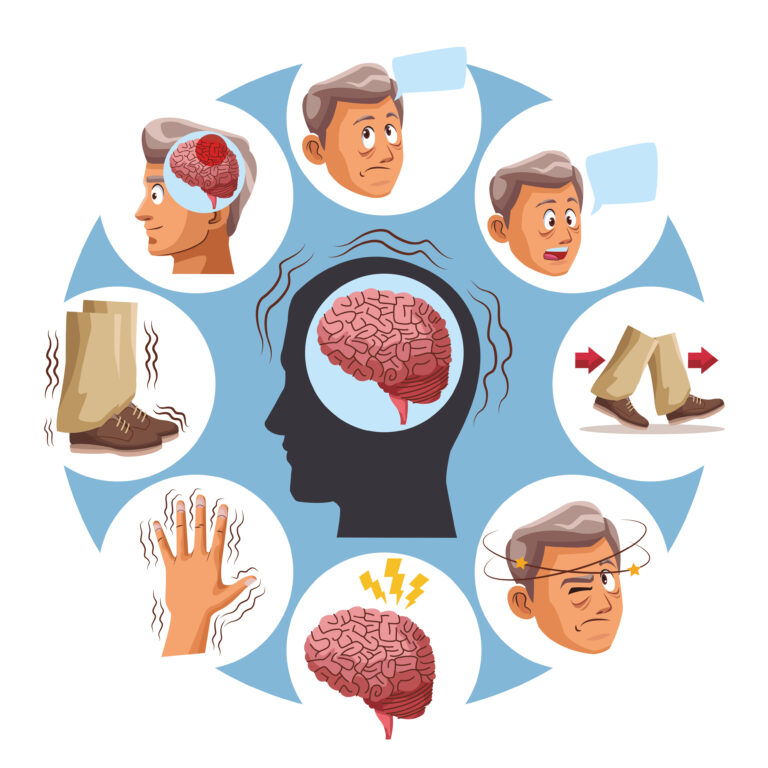The idea of reversing aging has long been a subject of fascination and mystery, often considered forbidden knowledge because it challenges the natural order of life. But recent scientific breakthroughs are bringing this once elusive dream closer to reality.
At the heart of aging is cellular damage—our cells gradually lose their ability to function properly over time. Scientists have discovered ways to repair this damage and even restore cells to a more youthful state. One exciting approach involves targeting senescent cells, which are old or damaged cells that no longer divide but cause inflammation and tissue decline. Removing these harmful cells can improve overall health and slow down aging effects.
Another key player in aging is the mitochondria, tiny powerhouses inside our cells that produce energy. As we age, mitochondrial function declines, leading to less energy and more cellular wear-and-tear. New therapies aim to boost mitochondrial health, helping cells regain vitality.
One groundbreaking discovery comes from researchers who identified chemical compounds capable of reversing cellular aging in human skin cells within days. These compounds work by restoring youthful gene expression patterns without altering DNA directly—a safer alternative compared to genetic modification techniques used before. This breakthrough hints at the possibility of an affordable pill that could rejuvenate tissues throughout the body.
Brain aging also appears reversible through restoring a protective sugar coating called glycocalyx on blood vessels in the brain’s barrier system. This shield normally prevents harmful substances from entering brain tissue but deteriorates with age, contributing to cognitive decline and diseases like Alzheimer’s. Restoring this sugar shield has shown remarkable improvements in brain function in animal studies.
Even common supplements like vitamin D might play a role by slowing biological aging processes when taken appropriately.
Scientists are exploring safer ways to harness powerful genes known as Yamanaka Factors that can reset cell age without causing cancer risks seen with earlier methods.
All these advances suggest we’re on the verge of unlocking secrets once thought forbidden—knowledge that could transform how we live our later years by not just slowing but potentially reversing aspects of biological aging itself. The future may hold treatments enabling us not only longer lives but healthier ones filled with vitality reminiscent of youth’s prime moments.





